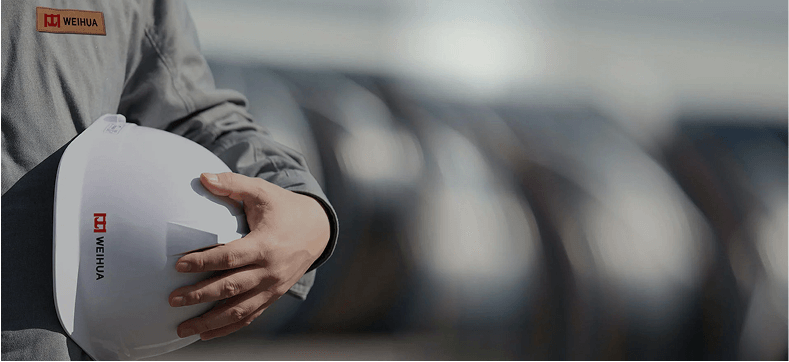Crane pulleys are an important part of lifting machinery, and their performance characteristics directly affect the efficiency, safety and reliability of lifting operations. The following are its main performance characteristics:
Labor-saving effect
Mechanical advantage: The pulley block shares the load through multiple ropes, and the combination of movable pulleys and fixed pulleys can significantly reduce the pulling force required to lift heavy objects. In theory, the pulling force \( F = G / n \) (\( G \) is the load, \( n \) is the number of load-bearing branches), but in practice, efficiency loss needs to be considered.
Applicable scenarios: Suitable for large-tonnage lifting, reducing the power requirements of motors or winches.
Change the direction of force
The fixed pulley can change the direction of force (such as vertical loads lifted by horizontal traction), which is convenient for operators to flexibly arrange according to space limitations.
Speed regulation and balance
By increasing or decreasing the number of pulleys or adjusting the winding method, the proportional relationship between the lifting speed and the pulling force can be changed (such as the speed-increasing pulley block or the labor-saving pulley block).
Multiple pulley blocks can balance the load distribution and avoid uneven force on one side.
High load-bearing capacity
Made of high-strength materials (such as alloy steel, nylon coating), it is wear-resistant and impact-resistant, and is suitable for heavy-load and frequent operating environments.
Safety factors (usually ≥4) should be considered during design to ensure safety under sudden loads.
Efficiency and friction loss
Efficiency is affected by the type of pulley bearing (rolling bearing efficiency > sliding bearing) and the friction coefficient between the rope and the pulley. Usually, the efficiency of a single pulley is 90%-98%, and the total efficiency of the pulley block decreases with the increase in the number of pulleys.
Regular lubrication is required to reduce friction loss.
Structural flexibility
Single vs double: Single pulley blocks are used for single drums, and double pulley blocks (such as balanced pulley blocks) can avoid hook tilting and are suitable for large-span cranes (such as bridge cranes).
Threading and winding methods: straight threading (simple) or flower threading (reducing eccentric loads) to adapt to different working conditions.
